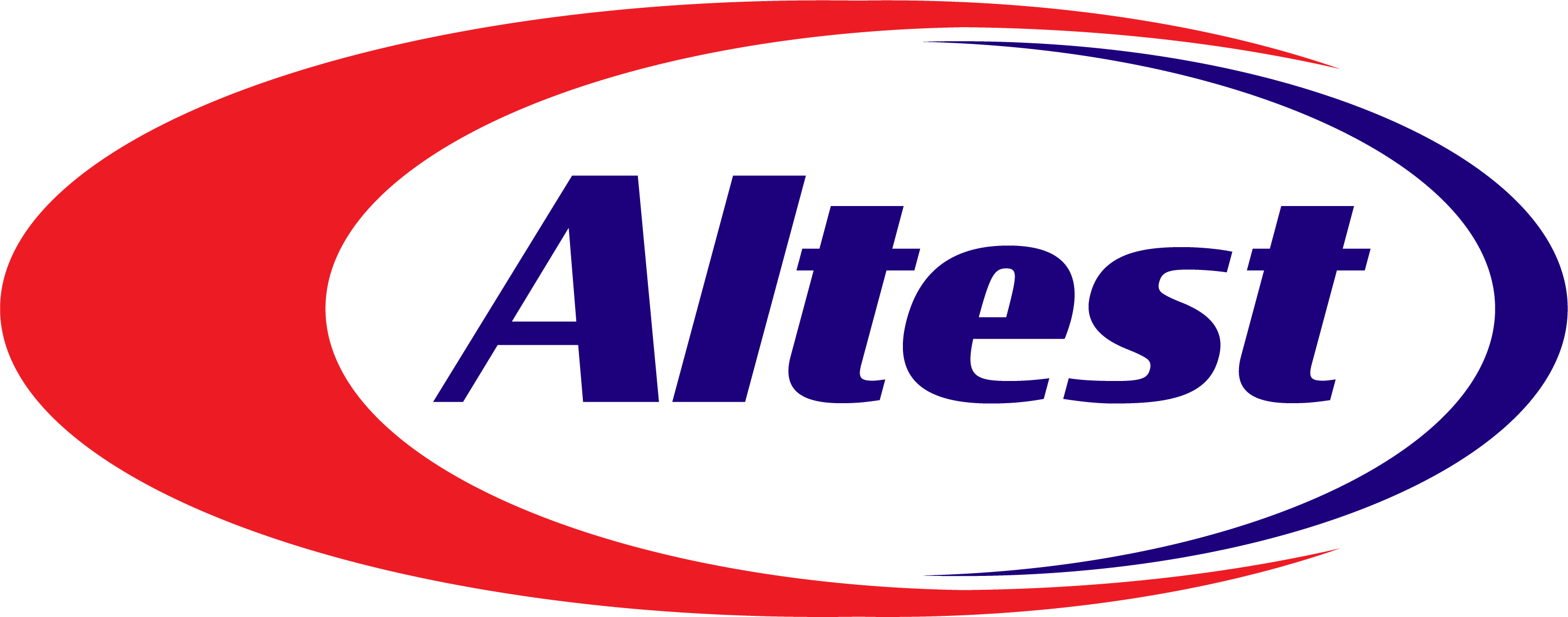Printed Circuit Boards (PCBs) are the backbone of modern electronics, providing the structural and electrical connections for components to communicate effectively. Whether you’re an electronics enthusiast, part of a tech startup, or a PCB designer, understanding the various components that make up a PCB assembly is crucial. This post will break down the essential elements to give you a clearer picture of what goes into crafting these intricate boards.
Substrate
The substrate, often made of fiberglass, is the base material on which all other components are mounted. The most common type is FR4, known for its durability and insulating properties.
Why It Matters
The substrate provides the necessary rigidity and strength to support the entire PCB assembly. It also ensures that electrical signals can travel without interference.
Copper Layer
On top of the substrate lies a thin layer of copper. Depending on the complexity of the PCB, there can be multiple copper layers for routing signals across different parts of the board.
Why It Matters
The copper layer conducts electricity, forming the pathways that connect various components. This layer is essential for the functionality of the PCB.
Solder Mask
The solder mask is a protective layer applied over the copper traces. Typically green, it prevents oxidation and short circuits by covering the copper pathways.
Why It Matters
The solder mask ensures that solder only adheres to designated areas, reducing the risk of accidental shorts and enhancing the PCB’s durability.
Silkscreen
The silkscreen layer adds labels and symbols to the PCB surface, indicating component locations, test points, and other critical information.

Why It Matters
Silkscreen markings make it easier to identify components and their orientations, simplifying assembly and troubleshooting processes.
Components
Resistors
Resistors control the flow of current in the circuit. They come in various values and power ratings, tailored to specific applications.
Capacitors
Capacitors store and release electrical energy. They are used for filtering, timing, and energy storage in circuits.
Inductors
Inductors store energy in a magnetic field when current flows through them. They are commonly found in power supplies and radio-frequency circuits.
Diodes
Diodes allow current to flow in one direction only, preventing potential damage from reverse current.
Transistors
Transistors act as amplifiers and switches, playing a critical role in signal processing and control.
Integrated Circuits (ICs)
ICs are complex assemblies of multiple electronic components in a single package. They perform a wide range of functions, from simple logic operations to advanced processing tasks.
Connectors
Connectors provide the interface for external devices to communicate with the PCB. They come in various forms, such as USB, HDMI, and power connectors.
Solder
Solder is a fusible metal alloy used to join electronic components to the copper pads on the PCB. It ensures reliable electrical and mechanical connections.
Why It Matters
Proper soldering is crucial for the functionality and longevity of the PCB assembly. Poor soldering can lead to intermittent connections and failures.
Conclusion
Creating a PCB assembly involves a meticulous process of combining various components, each playing a specific role in the overall functionality of the circuit. From the foundational substrate to the intricate integrated circuits, every element is essential for the final product’s performance.
If you’re looking to take your PCB designs to the next level, consider collaborating with professionals who can offer expert guidance and support. At [Your Company Name], we provide comprehensive PCB design and assembly services to ensure your projects succeed.
Ready to elevate your PCB projects? Contact us today to learn more!
By understanding these components, you’ll have a solid foundation for exploring and creating more complex electronic designs. Happy designing!
